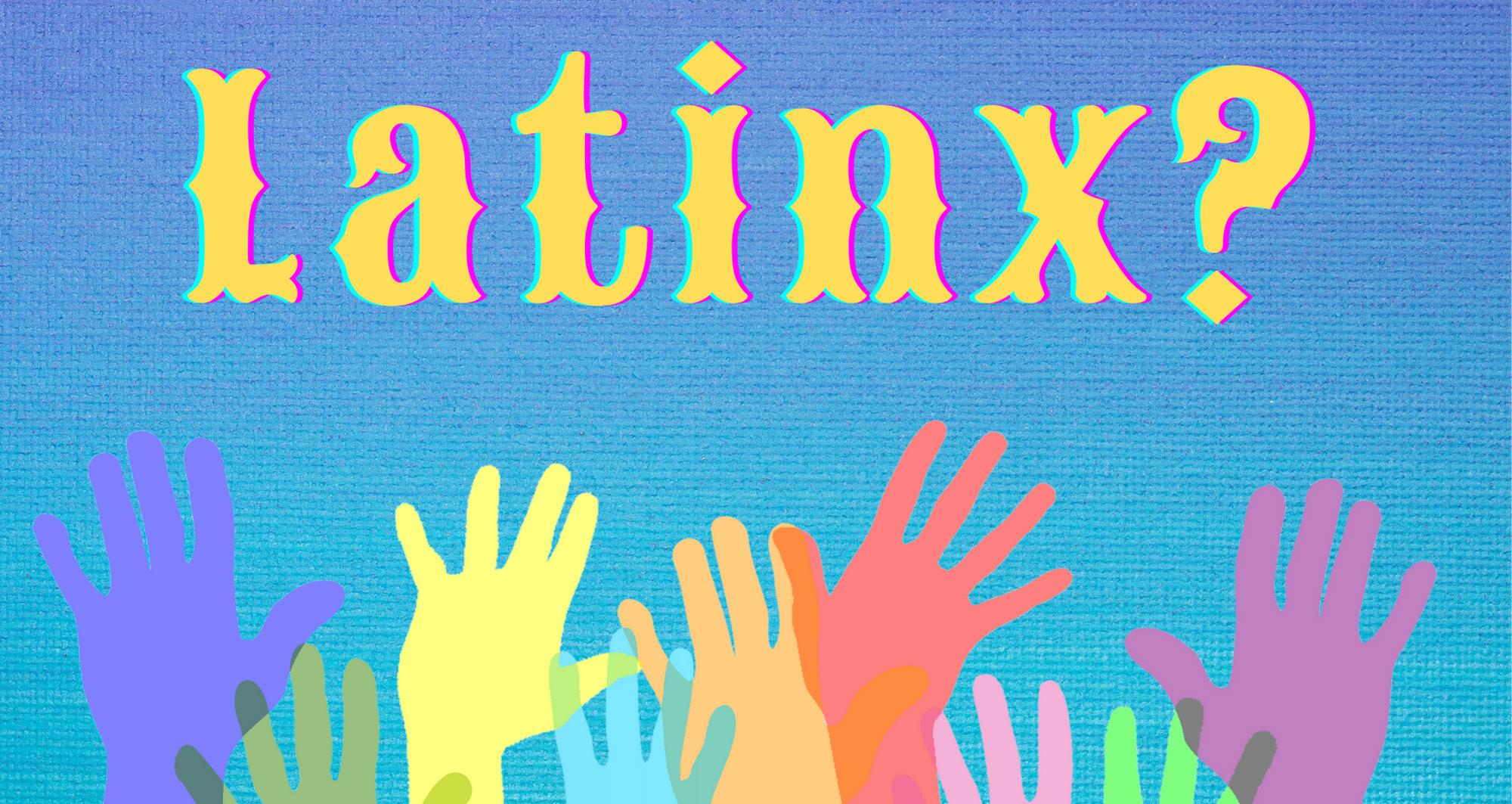
4 minute read
The Term ‘Latinx’ and Inclusivity
from November 2021
by El Leñador
The term ‘Latinx’ is at the crossroads of inclusion and diversity
by Frank Rocha
Advertisement
The term “Latinx” has become popular in the past five to 10 years due to social movements and pop culture. Latinx was created to be gender neutral, but also to be more inclusive to people from the Caribbean, Central and South America.
Even though the legal term describing the Latino community is still “Hispanic,” more people are accepting Latinx as the proper term and deem it a crossroad of culture and diversity. However, even the term Latinx is still controversial.
“It isn’t a term we should impose on everyone, everyone needs to have their own power to say, this is how I identify,” said Nancy Pérez, assistant professor of Critical Race Gender Sexuality Studies at Humboldt State University. “And if Latinx is a term that brings us together for all these wonderful conversations, let it do that work.”
The term Latinx is gender-neutral, derived from Chicano(s)/Chicana(s), then to Latino(s)/Latina(s). The term continues to evolve and grow to describe the Latino community, but it’s not entirely inclusive.
Black Latinos who identify as Afro-Latinx are finding a community that feels more inclusive to who they are. Some believe that Latinx community does not recognize black Latinos who come from Latin America or the Caribbean.
Not only has the term Latinx offended some people, “Hispanic” isn’t a term that Pérez, Rosamel Benavides-Garb, Interim Dean of the College of Arts and Social sciences at HSU, and José Juan Rodriguez Gutierrez, center liaison for El Centro Académico Cultural at HSU, believe to be acceptable or should be used on campus. During Latinx Heritage Month at HSU, the institution substituted the word Hispanic with the new term.
The role of Latinx was not made to be exclusive, but rather inclusive. So, if someone else decides to choose another form of Latinx, it’s their choice and right to identify themselves as such.
Latinx has evolved into new terms, stemming from terms like Chicanx, which refers to Mexican Americans who are either male(chicano) or female(chicana), Chican@ (pronounced Chican-at), the gender-binary form of Chicanx and Afro-Latinx, which refers to Black Latino individuals from Latin America and the Caribbean. Latine, is the gender neutral term to Latino, the e is to help Spanish speakers say the term easier than Latinx, and for more individuals to accept the term.
The term is in its own evolution, and can branch out to new terms for people who do not find that Latinx represents them. Having Latinx, Latine, Chican@, etc. be accepted universally would eliminate diversity in the Latino community by generalizing the whole. Like the term Hispanic, which refers to the entire Hispanic population.
Issues of social justice and inclusion was the main reason the term has evolved from Hispanic to Latinx today. Without the others who stood up against the generalization of a diverse group and society’s normalization of Hispanic, the terms mentioned above would not have been possible.
Latinx is a widely accepted term but doesn’t have the full acceptance by the Latino community. Perez believes that Latinx shouldn’t be universally recognized and doesn’t believe there should be a definitive term that recognizes the Latino community across the globe.
“I wouldn’t want it to be universal,” said Perez. “The community organizing in their mobilizations and movements get to dictate depending on their lived experience, and what they are fighting for.” Social justice movements and community organizations continue to evolve and so does Latinx or any other term that comes from it. Benavides-Garb believes that Latinx, from a different perspective, is a manifestation of the social justice movement. Some members of the Latino community are using the term to meet others who are like themselves and to find a community that is gender inclusive and accepts all nationalities.
Graphic by Frank Rocha








